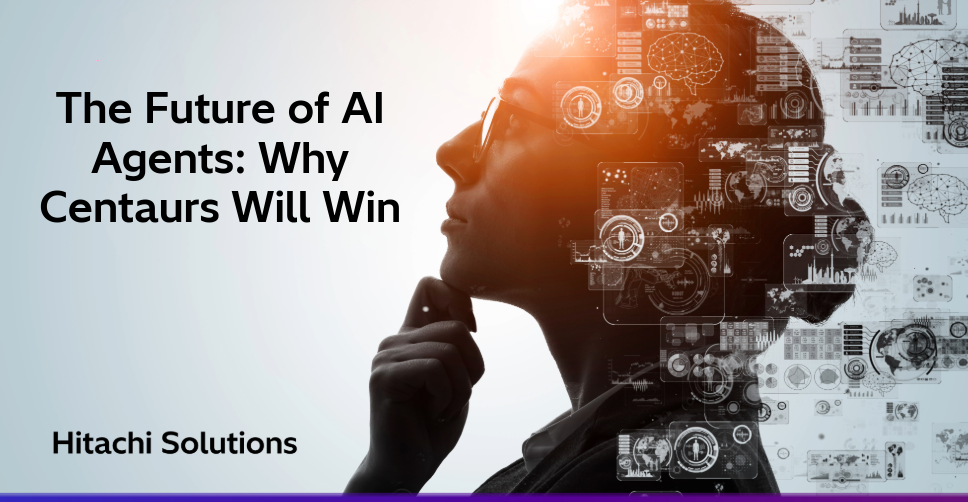

In the mythic world, Centaurs were half-human, half-horse, straddling two realms. In the modern workplace, the question is: Are you blending human judgment with machine power like a true Centaur, or have you slipped into the Reverse Centaur trap—serving the algorithm instead of leading it? Let’s explore why this matters for AI adoption and how to keep your heroic status intact.
Artificial Intelligence (AI) is no longer a futuristic concept. It’s here, reshaping industries and redefining how work gets done. But as organizations race to adopt AI agents, confusion and fear often cloud the conversation. Metaphors like ‘Centaurs vs. Reverse Centaurs’ help us frame this transformation in human terms, making complex ideas relatable and actionable; a blueprint for the future of work.
The Rise of AI Agents
AI agents represent a significant evolution from traditional bots. Unlike simple chatbots that respond to queries, agents can execute business processes, integrate with enterprise systems, and leverage multiple skills – from sending emails to ingesting data – in service of a goal. Microsoft defines agents by their ability to act autonomously within workflows, making them indispensable for organizations seeking efficiency and scalability.
Centaurs vs. Reverse Centaurs
The Centaur analogy, borrowed from mythology, illustrates two paths for AI adoption:
Centaurs: Humans augmented by machines. Here, technology amplifies human judgment, enabling better decisions and outcomes.
Reverse Centaurs: Humans serving machines. In this dystopian scenario, people become mere cogs, assisting algorithms without agency.
We must design systems that create Centaurs, not Reverse Centaurs. This means prioritizing transparency, accountability, and human decision-making at every step. The machines aren’t taking over, despite what you’ve heard.
Why Business Leaders Should Care
The stakes are high. By 2025, 85% of enterprises are expected to implement AI agents in some capacity, according to a report by Warmly. Leaders who fail to adopt responsibly risk eroding trust, alienating employees, and missing out on productivity gains. Conversely, organizations that embrace Centaur-style workflows will unlock innovation, agility, and competitive advantage.
Real-World Applications
Consider these examples:
Financial Services: Agents streamline identity verification, reducing call center wait times while maintaining compliance.
Manufacturing: Field service agents manage part requests and scheduling, ensuring repairs happen efficiently.
Insurance: Agents automate document ingestion and claims processing, freeing employees to focus on complex cases.
These use cases demonstrate that agents aren’t about replacing humans, they’re about elevating them. The very best uses of AI make people more productive.
Building Centaur Workflows
How can organizations ensure they’re building Centaurs?
1. Prioritize Human Oversight: Agents should assist, not decide. Keep humans in the loop for critical decisions.
2. Design for Transparency: Provide logs, confidence scores, and clear reasoning for agent actions.
3. Delegate Tasks, Not Authority: Let agents handle repetitive tasks while humans retain strategic control.
4. Invest in Training: Equip employees to manage and collaborate with agents effectively.
5. Iterate Responsibly: Start small, measure impact, and scale thoughtfully.
The Ethical Dimension
Ethics isn’t optional. As AI permeates workflows, organizations must address questions of bias, accountability, and trust. Centaur workflows inherently support ethical AI by keeping humans at the center. Transparency mechanisms, such as audit trails and explainable AI, are critical for maintaining integrity and compliance.
The future of work isn’t man versus machine, it’s man with machine. Centaurs will win because they combine the best of human judgment and machine efficiency. For leaders, the mandate is clear: design systems that empower people, not diminish them.
The organizations that succeed will not only thrive in the AI era but will set the standard for responsible innovation.


